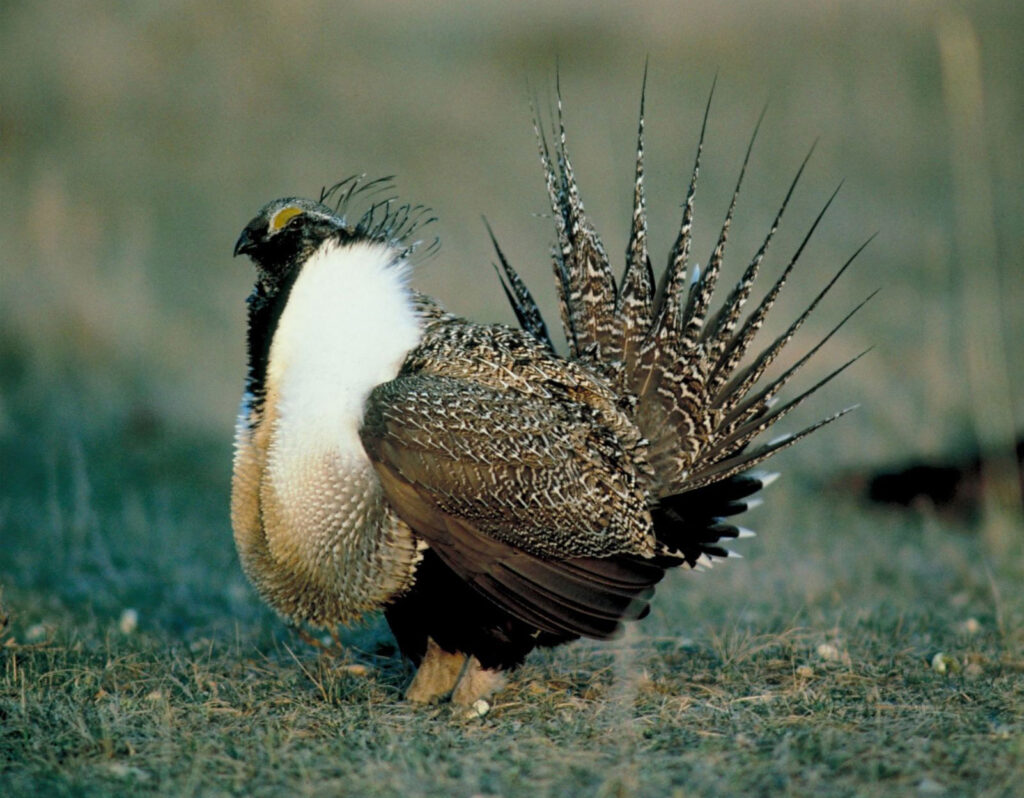Seemingly validating the concerns of critics of the Obama administration’s plans to protect greater sage grouse populations from continuing decline would harm state and local governments, businesses and property owners in the Western states where the birds’ habitat is found, FoxNews is reporting on one of the first, actual on-the-ground disruptions caused by the new efforts to protect the sage grouse.
A suburban neighborhood outside of Reno, Nevada, has had its 2008 application, to acquire federal land from the Bureau of Land Management (BLM) to build a badly needed school, put on hold while the government considers whether the area is sage grouse habitat. And it’s not just a school at risk, plans for a veteran’s cemetery that had also been proposed on similar BLM land in Sparks, Nevada, are also on hold while the BLM considers the possible impact on the grouse.
“At this point we appear to be stopped by the sage grouse designation,” said Michael Boster, a school district planner.
Maps are Flawed
A lawsuit challenging the BLM’s sage grouse protection plan alleges wild inconsistencies in the areas identified as “priority” habitat critical to protecting the bird, a second tier of “general sage grouse habitat” and a third “other” category largely unaffected by the regulations. The plaintiffs point out, the maps don’t reflect reality, and in some areas, flatly contradict earlier designations made by the Nevada Department of Wildlife. For instance, among the areas BLM has designated “general” habitat is a heavily developed section of Sparks where busy streets, homes and businesses were built decades ago. Grouse do not reside in close proximity to human development.
Critics include Washoe County Commissioner Jeanne Herman, a rancher who represents an area bigger than many U.S. congressional districts — some 5,000 square miles stretching to the Oregon border, or about half the size of Massachusetts.
Herman anticipated restrictions on livestock grazing in remote areas. However, she never thought protections would extend into existing development, telling FoxNews, “That’s all on the map now as serious sage grouse country.” “If they won’t allow us to have a school or a cemetery there, I can’t imagine them letting us develop it for anything.”
The Obama administration’s regulations establish buffer zones as large as 3 miles in diameter around sage grouse “leks,” the traditional breeding grounds.
Yet, the site of the proposed school is 12 miles from the closest “active” lek and 5 miles from the closest lek of “unknown” status, according to the Nevada Department of Wildlife. Indeed, State Department of Wildlife Director Tony Wasley acknowledged there’s no grouse near the proposed school site. “Strictly from a biological perspective, we certainly don’t have concerns in that particular instance,” he told AP.
H. Sterling Burnett, Ph.D., ([email protected]) is the managing editor of Environment & Climate News.





